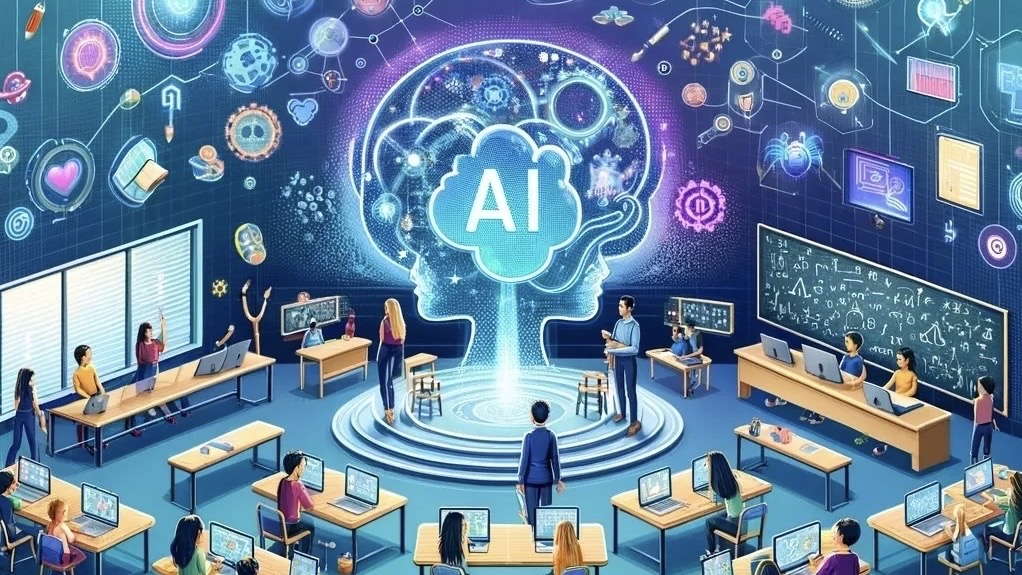Introduction
In the past few years, we have witnessed a technological revolution that has reshaped the way we live, work, and learn. Artificial intelligence (AI) has emerged as a powerful tool that has the potential to fundamentally change the way we approach education. From personalized learning to virtual tutors, AI is poised to revolutionize the way we teach and learn. In this blog post, we will explore the various ways AI is transforming education and the potential benefits it offers to students, teachers, and society as a whole.
1. Personalized Learning
One of the most significant ways AI is transforming education is by enabling personalized learning. Traditional education systems often struggle to cater to the diverse needs of students, who have different learning styles, strengths, and weaknesses. AI can analyze students’ performance data and adapt teaching methods to their individual needs. This allows students to learn at their own pace and in a way that suits them best, leading to improved academic performance and increased motivation.
2. Virtual Tutors
AI-powered virtual tutors can provide students with instant feedback and support, helping them to better understand complex concepts and overcome learning difficulties. These virtual tutors can also adapt to students’ learning styles and provide customized learning experiences, making education more engaging and effective.
3. Intelligent Assessment
AI can also be used to develop intelligent assessment tools that can accurately evaluate students’ understanding of course material. These tools can analyze students’ performance on various tasks and provide detailed feedback, enabling teachers to identify areas where students need additional support. This can help to improve the overall quality of education and ensure that students are well-prepared for future challenges.
4. Virtual Classrooms
The rise of AI has also enabled the development of virtual classrooms, which allow students to attend classes from anywhere in the world. This can help to break down geographical barriers and provide students with access to high-quality education regardless of their location. Virtual classrooms can also facilitate collaboration between students and teachers, fostering a more interactive and engaging learning experience.
5. Enhanced Teacher Support
AI can also help to support teachers by automating routine tasks such as grading and lesson planning. This can free up teachers’ time and allow them to focus on more important tasks, such as providing individualized support to students and developing engaging lesson materials. AI can also provide teachers with valuable insights into students’ learning patterns, enabling them to better tailor their teaching methods to the needs of their students.
Conclusion
The AI revolution in education is still in its early stages, but the potential benefits are clear. AI has the potential to transform education by enabling personalized learning, providing virtual tutors, and enhancing teacher support. As AI technology continues to advance, it is likely that we will see even more exciting developments in the field of education. By embracing the potential of AI, we can create a brighter future for students, teachers, and society as a whole.
